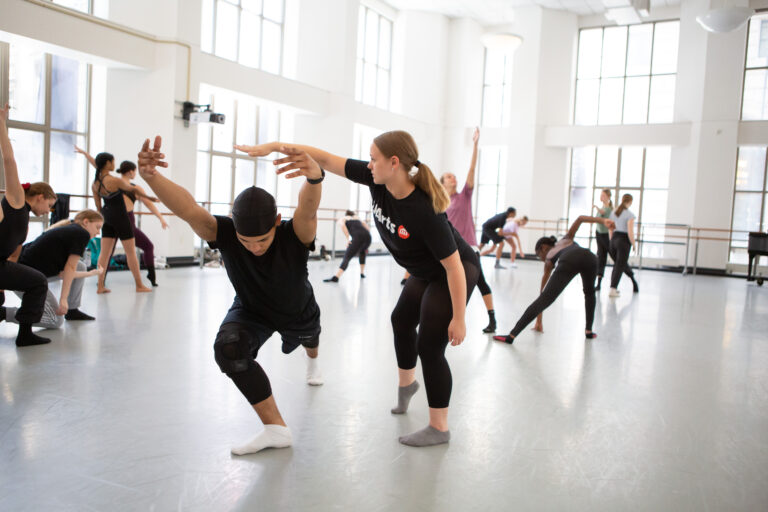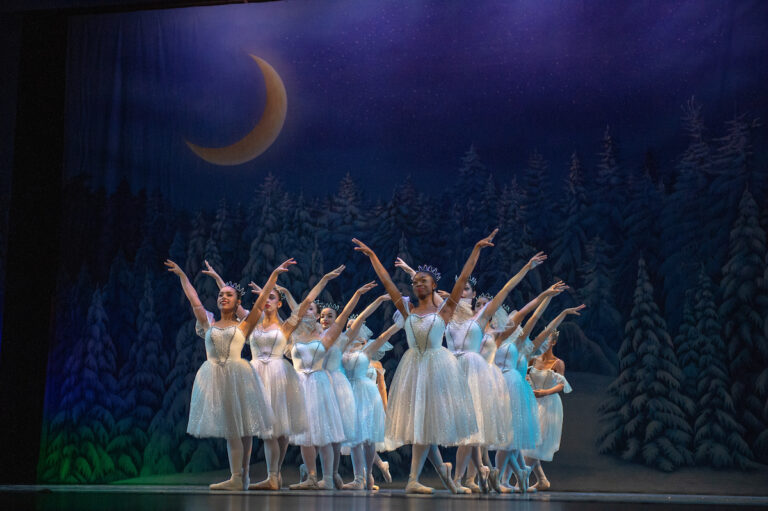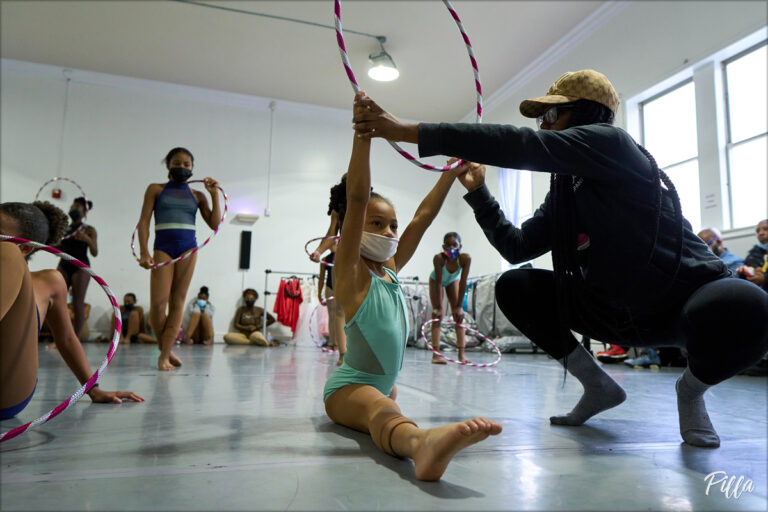
One of the best things a small dance business can do is to become enmeshed in the fabric of its local community. If you have an idea that benefits the community as a whole, ask other like-minded people, businesses, or organizations if they might be interested in working with you. It might turn into something you never dreamed was possible.
Collaborating and partnering may seem like interchangeable terms, but technically there are some distinctions. Collaborations tend to be project-based events or programs created for mutual gain. What starts as a collaboration may turn into a partnership, where both parties share resources and need to agree on how to manage a new product or service, perhaps even creating a separate business entity.
Whether you’re thinking of embarking on a new collaboration or partnership, there are some key points to consider.
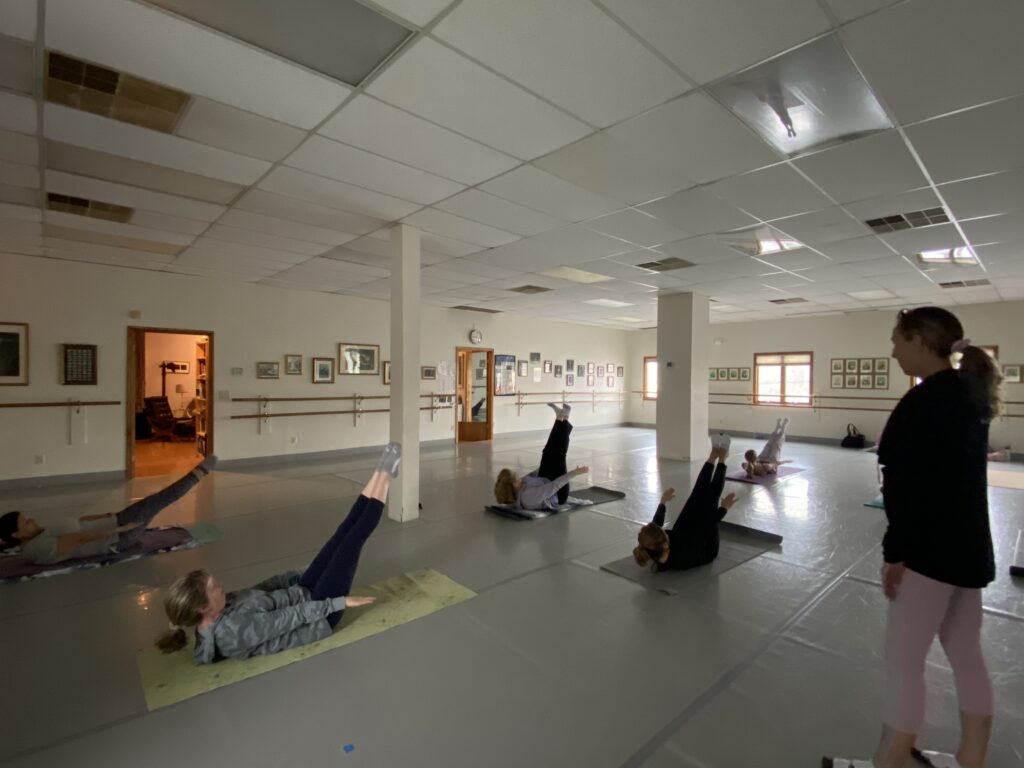
How can you creatively add revenue to your business?
Soon after Marilyn Westlake-Nichols and Jane Silane took over as co-directors of New Jersey’s Ballet Arts in 2014, they reached out to Emerson Community School, an evening adult and continuing education program offered by the local public school system. “We decided to take a stab to see if we could offer dance classes at our studio through their program,” Silane says. It turned out to be an easy sell: Ballet Arts had the space and the expertise.
What started with just a barre course has now grown this spring into two children’s and six adult courses. Courses cost $175 for eight lessons, which Emerson Community School collects and then pays Ballet Arts a percentage based on enrollment. It’s provided a built-in, rotating group of potential continuing customers because they are already familiar with the facility and learn about other courses the studio offers. “It’s a good way to get new students, and it’s great to be a part of your community,” Westlake-Nichols says. “We try to reach out and cross-collaborate as much as possible. It’s mutually beneficial.”
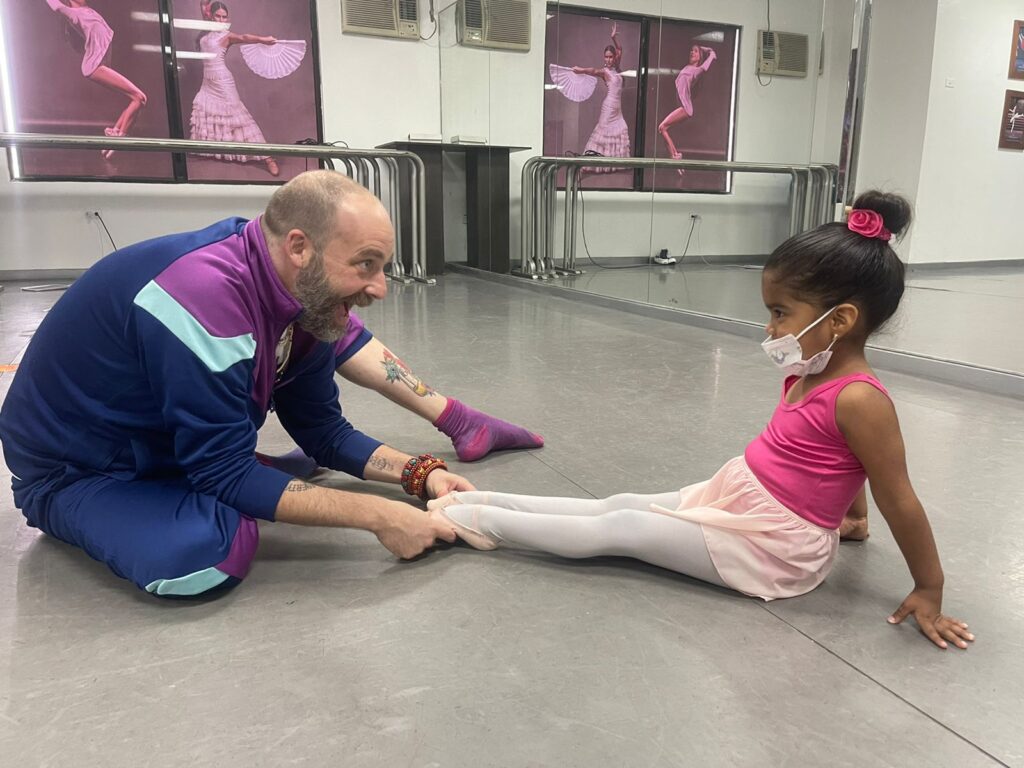
You’ll never know if you don’t ask.
Before becoming the owner and artistic director of Norwalk Metropolitan Youth Ballet in Norwalk, Connecticut, Adam Holms taught at Dance Educators of America conventions while completing his master’s degree in dance education at New York University. He was teaching an advanced jazz certification course through Dance Educators of America in 2009 when he first met Ana Cristina Jarrín, director of CLAP Danza in Guayaquil, Ecuador, and her colleague. “We just clicked, so we went out to dinner and we spent the whole night discussing the future of ballet and how it should be taught,” says Jarrín.
Holms told her he would love to teach at her school. “I didn’t think they would take it seriously, but three weeks later I went to JFK [International Airport] to go out of the country for the first time,” he says. “I’ve been going down there every August almost every year since.”
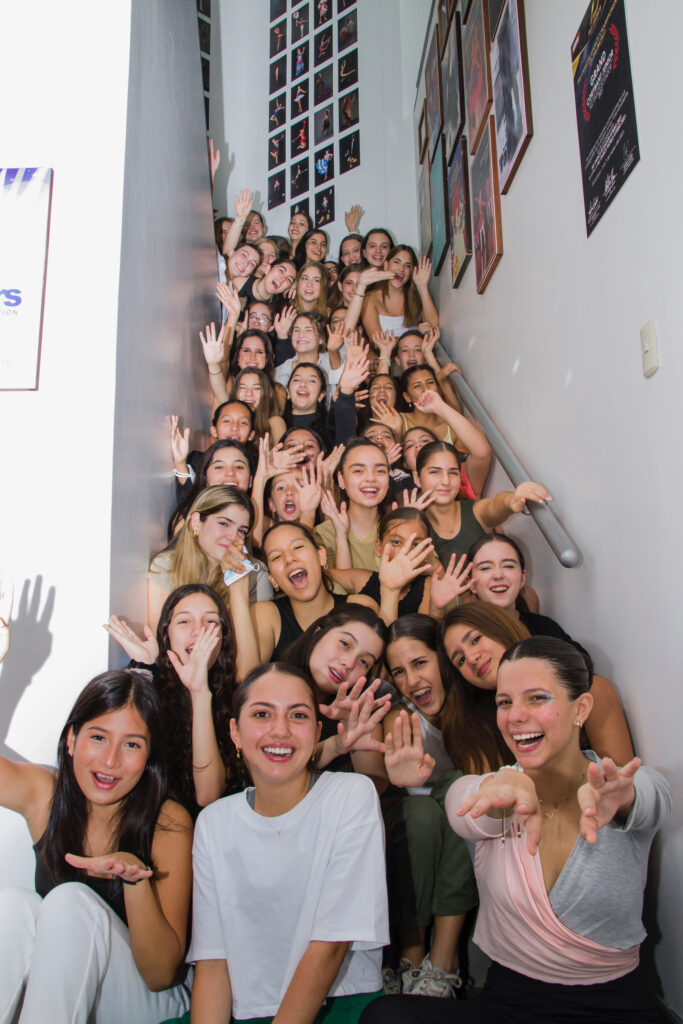
Trust your gut, but also do your research.
Meeting a stranger, inviting them to come see you in another country, and then following through seems risky, but sometimes you have to trust your intuition. “You have to really know that you can trust the person, and with us it was an instinct thing,” Jarrín says. “Adam took the bigger chance. And all these years later he is just part of the family.”
Now, anytime Holms is presented with a traveling teaching gig, he looks at the school’s social media and website to see how they present themselves. “I want to see that they are really part of the community and that they have a student base,” he says. “That’s so important, to feel like you are going into a situation that you can trust.”
Get everything in writing.
Draw up a contract that details all things financial so there are no misunderstandings. “Make sure you have a financial plan with exact costs and what you think you are going to make,” Jarrín says. “However, sometimes you might have to be okay with not bringing in money.”
For example, the first year Holms flew to Ecuador, CLAP paid for the flights, hotel, travel, and food. Holms agreed to teach for free so students could get an introduction to him. After that first year, he has been paid a stipend and splits private-lesson revenue with CLAP. Since his first trip in 2009, Holms has developed CLAP’s ballet curriculum, gives pedagogy workshops to its teachers, works with Jarrín’s ballet students in group and private classes, and sets recital pieces and their Nutcracker.
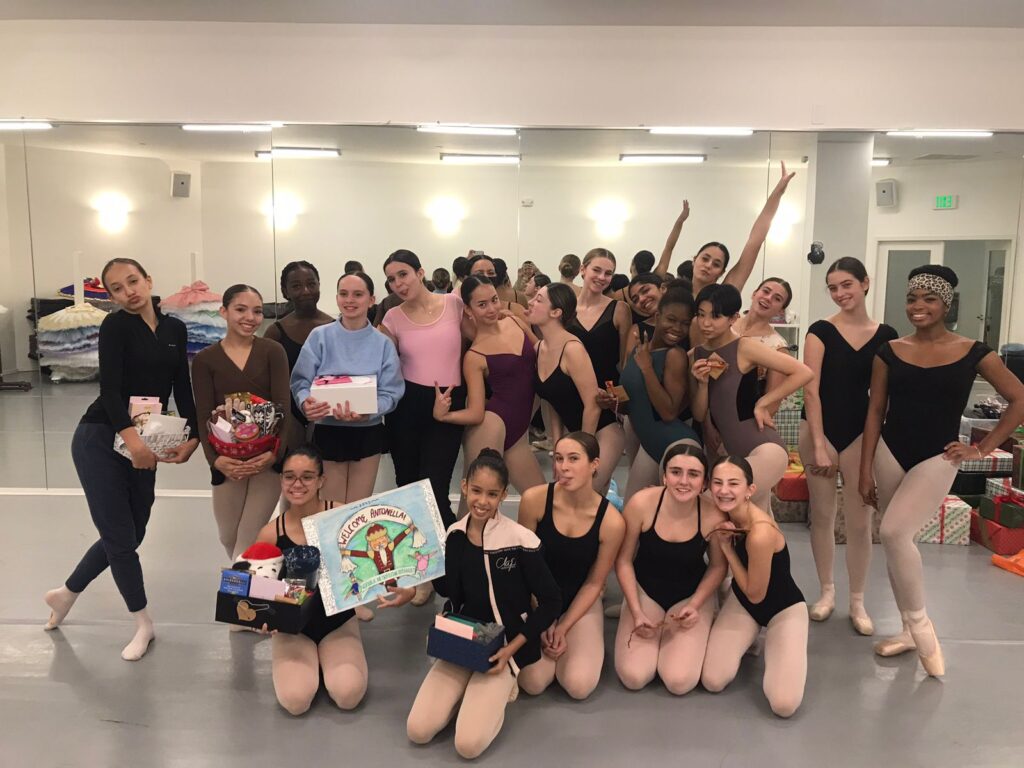
It’s in your hands to make a difference.
In addition to CLAP, Norwalk Metropolitan Youth Ballet now has a second sister school: Danilova Ballet School in La Unión, Costa Rica. (Holms’ relationship with DBS is newer, and was cultivated through a friendship that began at a Sheer Talent competition in Las Vegas.)
Last winter, Holms held auditions for NMYB’s Nutcracker in person at CLAP and via Zoom for DBS. He selected eight dancers who spent a couple of weeks in the U.S. rehearsing, taking classes in Manhattan, and sightseeing. They were also treated to a pointe shoe fitting at Attitude Dance & Active Wear in Norwalk, thanks to NMYB donor Helene Daly. “Our students were really happy,” says Carolina Obregón, owner and director of DBS. “It was a chance to tell people that our school has the level of training to be with them, even being from a small, third-world country.”
Collaborations can be altruistic, but in this case all three schools hope new students will be interested in being a part of something bigger than their immediate dance bubble. “I don’t see a huge financial reward back, but it’s great publicity for NMYB,” Holms says. “It shows the dancers we’re all equal, and it steps up their community awareness.”

